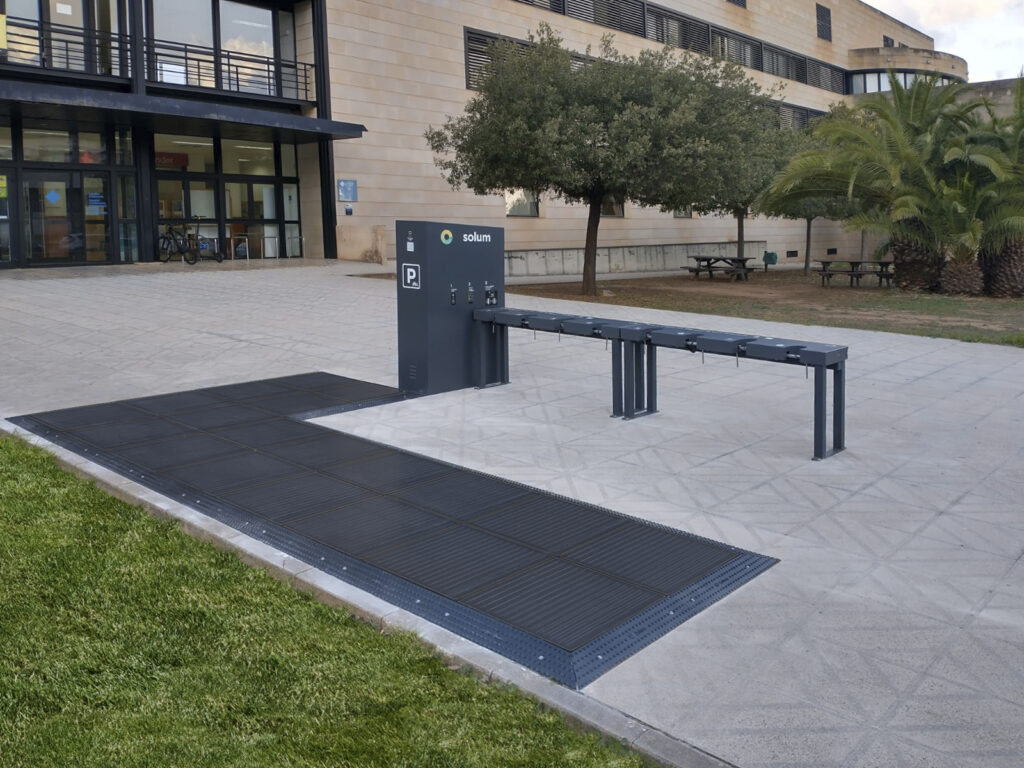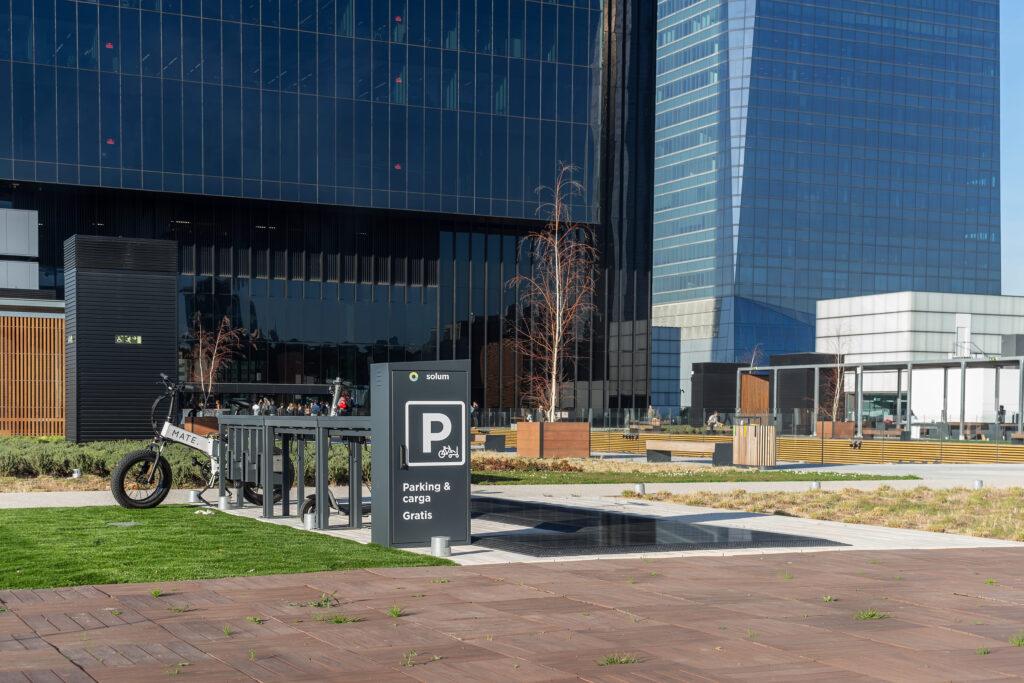The Market
In Spain, more than 9 million university and vocational training students commute every day. 68 % do so independently, and in recent years electric bicycles and scooters have become the preferred means of transport for a growing share of these students.
This surge reflects the search for economical, agile, and sustainable solutions for daily journeys to campuses, secondary schools, and training centers.
The opportunity
Students make short, frequent journeys in highly connected urban environments, which makes personal mobility vehicles (PMVs), such as electric bicycles and scooters, ideal allies for their daily routines. However, the lack of dedicated infrastructure for their use remains one of the main barriers to their establishment as a primary mode of transport.
According to the latest 2024 Bicycle Barometer from RedBici, 91.7% of PMV trips are under 5 km, making them the perfect solution for accessing educational centres, especially in urban and metropolitan areas. In fact, more than 50% of PMV users employ them as an alternative to private cars or buses for travelling to school or work, thereby reducing carbon footprints and urban congestion.
However, the lack of adequate charging stations and secure parking continues to limit their full adoption. This shortfall not only compromises user safety but also affects the durability of the devices and the efficiency of educational transportation.
A Catalyst for Generational Change
The transformation of mobility in educational centres is not a matter for the future, but of the present. Younger generations—especially students under 30—have already changed their transportation habits, opting for more sustainable, flexible solutions aligned with their environmental values.
Reports from the Metropolitan Mobility Observatory and the Directorate-General for Traffic confirm this trend: the use of electric bicycles and scooters for daily commutes is growing steadily, especially within university and vocational training environments.
Despite this, 53% of students report that there are not enough suitable spaces to park or charge their PMVs on campus, according to the RedBici 2024 report. This lack of infrastructure can become a barrier to promoting responsible and efficient mobility.
A real example: Helios at a vocational training centre in Madrid
One of the most representative examples of Helios’s impact in the educational sector can be found at a public vocational training centre in the Community of Madrid. At this centre, the installation of a Helios station has led to a substantial improvement in the daily experience of students using personal mobility vehicles.
The following graph corresponds to the monthly usage of the station at a vocational training center in Madrid.
During one month of use, 224 charging sessions were recorded, with 19 active users who use the station regularly. Usage remained steady throughout the month, averaging more than 7 charges per day, reflecting strong and consistent adoption by the student body.
This case demonstrates how a single solar station can efficiently meet charging demand in urban educational settings, eliminating risks associated with improvised charging in hallways, classrooms, or inadequately prepared outlets.

Helios as a solution to improve accessibility and promote sustainable mobility to the educational center.
Since 2022, Solum has installed 17 Helios stations in 10 universities, secondary schools, and training centers across Spain.
The results demonstrate the positive impact of the solution:
- Over 6,265 charging sessions accumulated between 2024 and 2025.
- 1,095 recharges have been carried out so far in 2025.
- More than 100 unique active users at these centers.
In addition to enhancing the student experience, installing dedicated charging points for PMVs (personal mobility vehicles) like Helios helps reduce risks associated with unsafe practices, such as charging electric scooters in classrooms, hallways, or unprepared outlets.
According to data from the fire departments of several Spanish cities, more than 70 fires were caused by electric scooter and bicycle batteries in 2023, many of them in indoor spaces not equipped for that purpose. In Madrid alone, 36 fires linked to PMV lithium batteries were recorded, several of them in public facilities and residential buildings, according to the City Council and EMT.

Join the educational transformation with Solum.
At Solum, we help educational institutions adapt to new forms of mobility and actively commit to sustainability. Would you like your institution to be part of the change too?
Discover how our Helios solar charging stations can be integrated into your campus, and don’t miss more success stories in our LinkedIn newsletter. Follow us and be part of the solar revolution!
They Already Trust Us:






